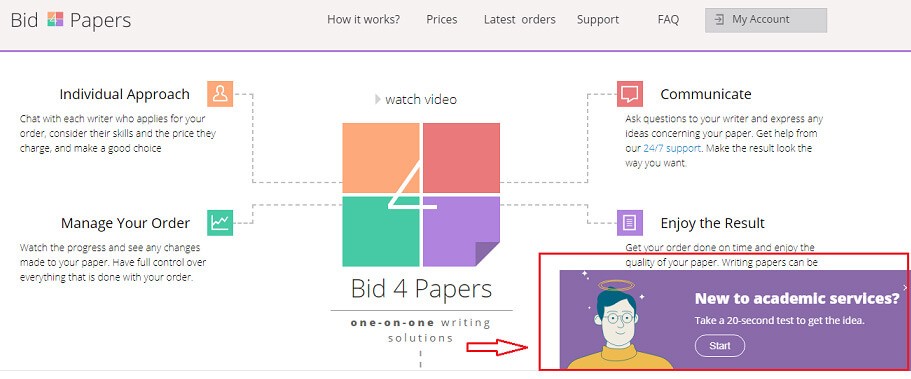Our websites use cookies. By continuing, we assume your permission to deploy cookies as detailed in our Privacy Policy.
3 Steps to Creating a Content Personalisation Strategy
It goes without saying today: Do you want customers to come, get engaged, and stay with your brand? Personalise it as much as possible. People want to access the valuable information that meets their needs, and if your website delivers their expectation — conversions and sales grow by far.
Numbers speak volumes:
- 94% of marketers consider personalisation critical to reaching customers.
- 74% of marketers say that personalisation impacts engagement remarkably.
But there’s a catch: Most brands still rely on elementary forms of personalisation, therefore losing many customer prospects! You don’t want to lose customers, do you? Then it’s high time to create advanced personalisation experiences that go far beyond mentioning a person’s name in your sales emails. Adapt your content marketing so that every asset you share would have a personal target. Here go your three steps to creating a content personalisation strategy that will help you achieve that:
1. Determine the Target
First of all, answer the question: do you want to continue selling to existing customers or get new ones? The rest of your content personalisation strategy will highly depend on it. You need to know your target customer and understand their needs inside out. For that, categorise your content into three purposes:
- Informative content: answer their questions, satisfy their curiosity, provide insights.
- Thought-provoking content: give solutions and raise their consideration.
- Decision-making content: force comparison, review, provoke an action.
Incorporate these content types to your website and email marketing funnels to gather the data from customers. Content audit, Google Analytics, and conversations with the audience will help you here. Then, create several customer profiles, based on that data, and segment your audience accordingly. It will help you understand their needs and pain points for proper content personalisation.
2. Segment Them by Behavior
That’s all well and good, but where can you get the data to segment your audience? Artificial intelligence and machine learning set the tone today. Just check how Netflix gathers info about users to segment them into categories based on preferences and habits!

(Source)
But you can try easier methods, as well.
a) Check their website behaviour. How do users interact with your website? What is their typical flow? Use tools like Hotjar to see this, and you’ll understand if there’s anything to improve at the website and what content to add or optimize for better user experience.
b) Optimise your landing page accordingly. Yes, even savvy marketers (like Oli Gardner from Unbounce) admit it takes a lot of strategies to get a visitor into a landing page. But once they are there, your progressive fill-in form can help to collect more data about them to add to customer profiles. So, design it accordingly.
c) Invite them to play. Polls, quizzes, visual guides — interactive content can help you get the information about visitors and understand what they miss at your website, how well they understand your product, and what fears or doubts they have about it. Example: Bid4Papers.

Based on that info, you’ll see what steps to take to increase the customer loyalty and trust with proper content personalisation.
d) Check their purchase behavior during the sales process. What questions do they ask? What doubts do they have? Based on that, suggest them personalised content in email marketing and on the website.
e) Consider geolocation. Their IP address or location they’ve previously shared with you can help to create a more personalised experience. You’ll show them relevant products in the area, customize visuals that are more specific to them, or even display the right language if your audience is global.
3. Create Content and Optimise It Accordingly
Once you’ve gathered all the data and determined customers profiles, it’s time to improve the relevance of your content. To succeed with content personalisation, you need to provide customers with the necessary content at any stage of the buyer’s journey. What you can do:
- Improve the “Recommended” sections between your posts.
- Optimise product descriptions for different customers.
- Consider “Tell me more” sections so readers could find what they need.
- Focus on the content types your audience finds most engaging, and consider persuasive writing techniques to generate content that triggers a positive emotional response from readers. (This may exclude other audiences, but that’s actually what a content personalisation is about: your business sees more success with a targeted approach as opposed to creating content for every Tom, Dick, and Harry.)
Yes, one-to-one personalisation would be the perfect choice for content marketers; but individually speaking to every member of your audience sounds like magic at this stage of our technology world. Anyway, nothing is impossible: AI develops and gets better at targeting individuals and predicting their actions, so the magic could be hiding not as far as we think.
In the meantime, continue tracking your audience behavior and curate your content with personalisation in mind. Not every content asset will appeal to your entire audience, but proper personalisation can help you focus on what works and ignore anything that doesn’t.
But Here’s the Problem:
You can never one hundred percent predict the audience needs and behaviour. It’s not an exact science, and your content personalisation can go wrong, fail, and lead to the poor user experience if you predict it incorrectly.
So, pay extra attention to your audience research. You should truly understand your prospects to create a system that will think and act like them. When segmenting them for personalisation, consider all the options you have: their demographic and geographic information, their behavior on any channel (a website, an email, social media, mobile), the data from your CRM, the information they’ve shared with you or you’ve collected yourself, etc. What you need to master the art of effective content personalisation:
- Gather new data, analyse and deploy it regularly.
- Base content personalisation on individual context.
- Deliver the personalised content in real-time.
- Be helpful, not salesy or overwhelming.
With stellar research and segmentation, you’ll improve the customer experience for sure. And the intelligent, omnichannel personalisation will help you here.








